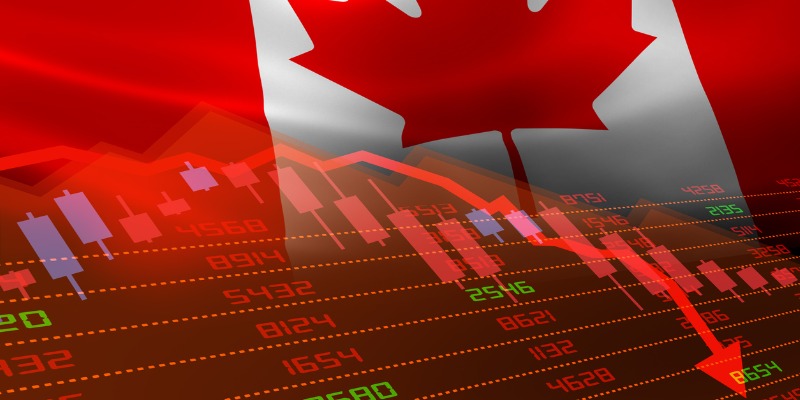Ottawa threatening Bank of Canada’s independent image

This week, Carolyn Rogers, senior deputy governor at the Bank of Canada, gave a speech about how the bank’s “independence and accountability help build public trust.” Of course, the inflation rate in Canada recently hit 6.7 per cent, increasing public pressure on the Bank of Canada to reduce the rate of inflation without triggering a recession in the process.
In April, the bank took a big first step to reducing Canada’s inflation rate back to the two per cent target by raising its policy interest rate by half a percentage point. It’s also stopped purchasing newly issued government bonds. In this regard, the more credible the bank’s commitment to fighting inflation appears to participants in the domestic economy and participants in the market for Canadian dollars, the greater the likelihood that inflationary expectations will decrease, which will make the bank’s job of achieving a “soft landing”—while reducing inflation—easier.
But because inflation had not been a problem for the Canadian economy for three decades, the Bank of Canada does not have a reservoir of credibility as an inflation fighter. And since governments in Canada are now much more indebted than they were three decades ago, they have become prominent beneficiaries of inflation (which erodes the real value of outstanding debt). Indeed, higher real interest rates—a taming influence on inflation—are a fiscal burden for heavily indebted governments and therefore a potential constraint on government spending programs. As such, the central bank’s commitment to restore price stability is inconsistent with the Trudeau government’s priorities to increase spending on social programs.
Despite potential massive implications, the dynamics of this relationship between the Bank of Canada and Ottawa remain unknown to most Canadians.
The de jure relationship was established by the Bank of Canada Act of 1967, which allows the government to direct the bank’s governor to follow specific directives regarding monetary policy. The directives must be made public and referred to Parliament. If the governor is unwilling to follow those directives, the governor is obliged to resign. To date, this provision has not been implemented, although the government did attempt to force the resignation of Bank of Canada Governor James Coyne in 1960, albeit for reasons not directly related to monetary policy. Nevertheless, while the Diefenbaker government’s attack on Coyne was not directly successful, Coyne eventually resigned.
In short, the legal status surrounding the Bank of Canada’s independence to set monetary policy remains at best ambiguous. Hence, the bank’s de facto independence from government directions arguably depends upon whether the bank is perceived by Parliament to be doing a “good job”—which raises the obvious question about whether there’s a clear and attainable metric to evaluate the bank’s job performance.
Finally, from 1990 until recently, the Bank of Canada’s single performance goal was to maintain a two per cent per annum rate of inflation within a band of one to three per cent. However, a 2021 agreement between the Department of Finance and the bank introduced a new element to the bank’s mandate—specifically, that monetary policy should support “maximum sustainable employment” while acknowledging the joint responsibility of the government and the bank to achieve both goals.
The goal of achieving maximum sustainable employment is both ill-defined and arguably largely determined by forces beyond the central bank’s control. Consequently, its addition to the Bank of Canada’s mandate will further complicate any attempt to determine the bank’s responsibility and assess its performance. Given the current inflationary environment, the new mandate is particularly ill-timed and may erode the perception of the bank’s independence and further undermine its credibility as an inflation fighter.
Author:
Subscribe to the Fraser Institute
Get the latest news from the Fraser Institute on the latest research studies, news and events.

